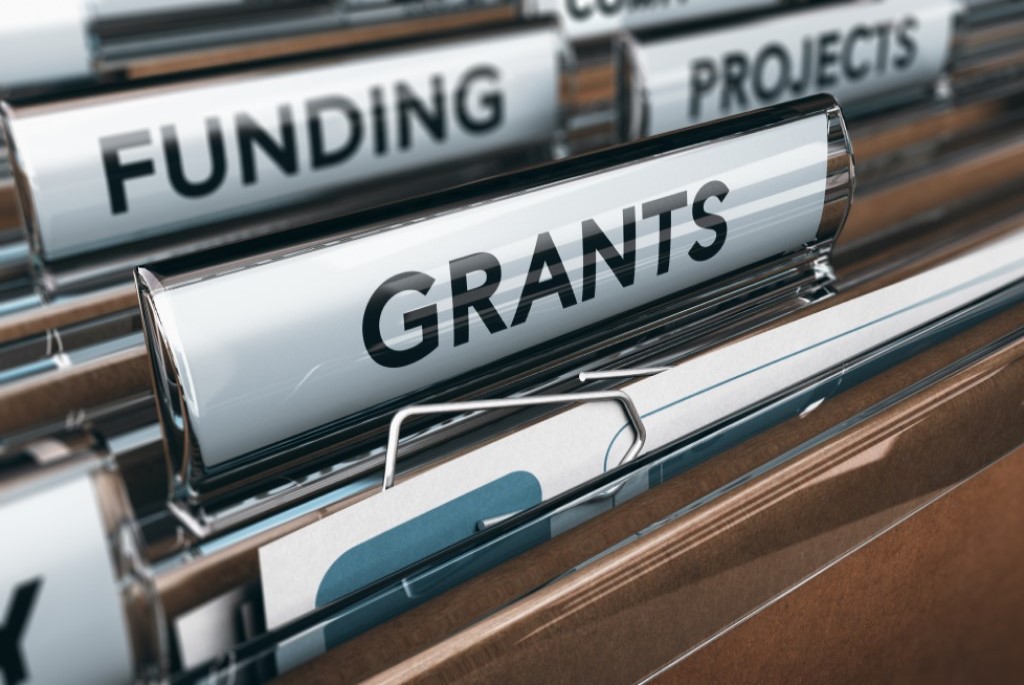Effective May 21, 2023, P&N has joined EisnerAmper. Read the full announcement here.

Last updated on 3/18/2020
As a result of current global events, organizations face overwhelming challenges to adapt emergency preparedness plans in an unprecedented situation. Whether you have a robust COVID-19 response plan or are just getting a handle on things, there are key actions you and your organization can take now to get your workforce up to speed and protect both employees and the bottom line.
It is paramount that teams work together to implement impeccable communication and safeguard business continuity.
In times of large-scale emergency, it can become all too easy for leaders to focus so closely on immediate needs that they don’t fully assess the big picture. Having functional area leaders meet, discuss, and plan together can highlight key interdependencies that may otherwise be missed in the rush to react.
Executive-level leadership can immediately set the tone of an emergency event by establishing a pandemic preparedness team. The team should include leaders from all functional areas. Human resources, finance, supply chain/production, marketing and communications, and technology teams will be able to divide and conquer when it comes to assessing critical processes against an emergency event.
Collaboration is key
Team representatives should work together to identify what critical processes can be performed from home, ensure that team members have access to all the necessary business process tools, and determine which business processes will cease while maintaining the minimal viable product for customers or clients.
Human resources can create or update a work-from-home policy for the workforce and verify that all contact information is up to date. These policies should include important information about:
- Detailed instructions for the organization’s preferred telecommuting technology
- Who to contact and how to deal with technical issues
- Current public health recommendations and policies (travel restrictions, social distancing, etc.)
- Procedures and expectations for employees that test positive
- How pay and benefits will be dealt with for employees that cannot perform elements of their job without being onsite
Related Article: Navigating Remote Work Policies During the COVID-19 Pandemic
The technology team will be vital to emergency preparedness—successful remote work hinges on technological capabilities and access. Tech teams can assist in this kind of temporary transition by:
- Increasing network bandwidth immediately
- Continuing to widen network bandwidth as teams report constraints
- Identifying remote security access requirements for the workforce
- Establishing a help line and associated procedures for remote technical support
- Compiling detailed instructions about the organization’s preferred telecommuting technology
Related Article: COVID-19 Sparks a Shift Toward Remote Work
Marketing and communications teams are at the forefront of creating and maintaining the overall organizational tone in an emergency. Marketing will need to immediately focus on the frequency and content of internal communications, while creating an external client/customer communications plan as well. Internal and external communications plans that identify channels, content, audience, and frequency will help employees feel informed and empowered to interact with clients with a united voice.
The financial team can help plan for the impacts of a large-scale emergency and identify solutions that could mitigate serious financial turbulence. It is critical to assess cash flow and revise expenditures if possible. An immediate valuation of an organization’s financial stability and any impactful variables will help to build trigger-based gatekeeping mechanisms.
Communication supports continuity
As a whole, an organization’s functional areas will see better results working together on key activities that reinforce business continuity. Organizational leaders need to collaborate on the impacts an emergency will have on regulatory compliance, customer service, current service agreements, and company reputation. Functional area leaders should develop a check-in schedule and prioritize reporting specifically on issues like employee absenteeism and work flow impediments. Team leads should educate their teams on personal hygiene and protection, social distancing practices, and any related medical terminology.
In these times, it is paramount that teams work together to implement impeccable communication and safeguard business continuity. While our community, employees, and organizations as a whole will have to adapt as a result of current events, a nimble and collaborative strategy can help protect an organization’s clients, reputation, and bottom line. If your organization needs help facilitating your pandemic response and communications, please contact us.




